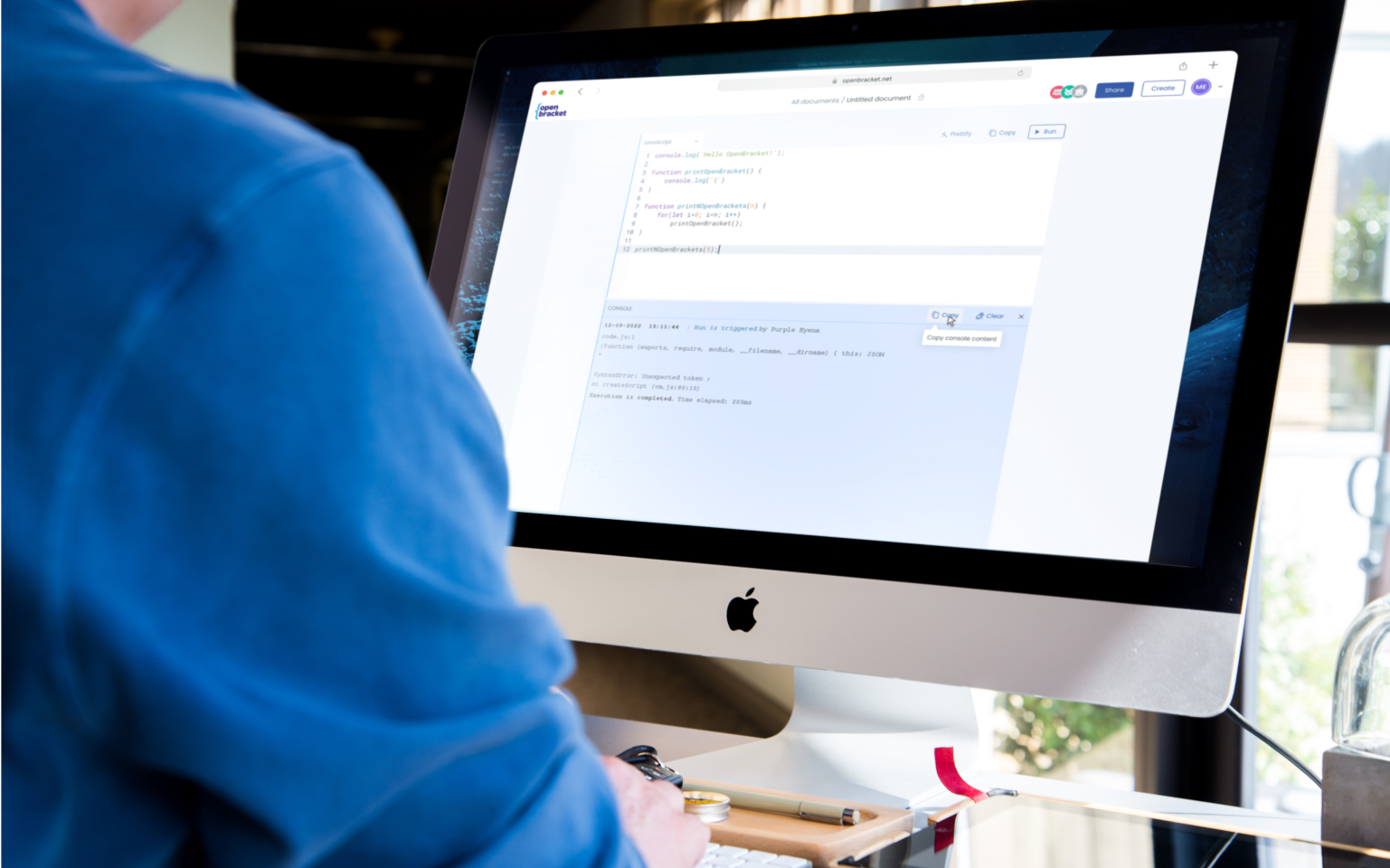How we launched our profit-sharing program.
For tech talent in enterprises and startups, stock options are an attractive part of any compensation package. They offer employees a path to ownership — and the hope of a big payday in the future. But options come with some downsides: They take time to vest, they only turn into cash through specific events (e.g., IPO, exit, acquisition), there are significant tax burdens if you leave the company early, and you’re not guaranteed any returns at all.
We wanted to do something different for our team.
After careful consideration and a lot of research, we launched a profit sharing program. Fluxon is built on great talent, and we want to recognize our team in all the typical ways tech startups do and more. This includes the big upsides that come when the company experiences growth, but we’re not building the business in hope for an acquisition or IPO and we don’t have a quick exit planned. This meant the traditional model of granting options wouldn’t generate any value for our employees, so we decided on profit sharing.
Profit sharing gives our team members a share of the company's success — and unlike options, there’s a cash payout every year.
Before we launched the program, we surveyed similar companies to learn best practices and pitfalls to watch out for. We were surprised to learn that profit sharing programs are rare, and it’s hard to find any information about the programs that do exist. We even consulted with lawyers and accountants and we heard similar things from both: We had to forge our own path.
We wanted to share our experience in the hope that it’s helpful to other companies considering non-traditional ways to reward their employees. We learned a lot during the process, so here are a few considerations that were significant to us as we rolled out profit sharing at Fluxon.
Decide who is eligible
Who should benefit from the program — will it be key contributors and leaders, or everyone? Will contractors and part-time employees be included, or only full-time? For example, some companies may choose to limit their programs to top-performing employees as a reward for great work. In our case, all full-time employees and contractors are eligible after one year with the company. We wanted to make our profit sharing program as inclusive as possible and allow everyone to benefit from the company’s growth.
Choose a base for calculating how much you’ll share
Forecast how you expect the company to grow and then ask yourself how much you can reasonably share without putting the company’s operations or sustainability at risk. Consider whether there should be a limit to the payouts team members receive. Some companies might tie distributions to annual salaries to give employees a more predictable way to calculate their payout, similar to a traditional bonus. Others might structure the program to be more directly associated with the company’s growth. We tied our distributions to a percentage of our profits so there’s no upper limit: If the company grows 10X, our employee’s profit share will grow 10X also.
Decide how often you will distribute
Companies can decide how frequently to distribute: quarterly, semi-annually or annually. Calculating and distributing profit shares comes with a high operational overhead, so it’s important to make sure that the benefit outweighs the extra effort, and you have the resources to take that on. In our case, we decided on an annual distribution.
Choose the mechanism for distribution
There are a few different ways to distribute profit shares, but the most common method is a pool of distribution in which shares are divided across recipients by tenure, level or role. However, for global companies this method can create outsized impact for some team members, and lower impact for others. The second option is to distribute shares as a percentage of annual salary. This makes the program more similar to a traditional sales bonus. Lastly, cash can be distributed as dividends per profit share units. We use this approach since it’s most directly tied to the growth of the company and has no cap.
We decided on profit sharing as part of our compensation package for a few reasons, but mainly because we wanted to be able to reward our employees in a way that isn’t locked to speculative value, and doesn't require us to sell the company or go public — something we have no plans to do.
As more and more startups are opting to forgo outside funding or exit strategies, initiatives like profit-sharing provide new ways to reward employees as a company grows. Profit sharing.
Other articles
engineering
Establishing Best Practices for Front-End Development in a Lean Environment
Let’s look at the product lifecycle from the perspective of a sole frontend engineer. Code is written in somewhat of a waterfall approach in that the design and API requirements are passed down from upstream. It is much easier to write code having these things agreed upon in advance, but in reality, that never happens in startups.
Read more
apps
Pluto, where any experience you can imagine is possible
Introducing our newest product: Pluto is a virtual events platform where people can meet and collaborate in the metaverse. Back in 2020, entrepreneur and investor Elad Gil had reached out to us with an interesting challenge: bring the spontaneity of real life into online meetings and digital events.
Read more
product
How to unlock the extraordinary productivity of remote work
Having a remote team can be challenging but incredibly effective when managed with care. We share our tips for how to make sure your distributed team members are happy, productive and successful.
Read more
product
OpenBracket helps you get more out of tech interviews
We’re happy to announce the launch of OpenBracket, a collaborative code editor that gets out of your way so you can focus on the problem — and person — in front of you.
Read more
Stay on top of the latest tech trends and Fluxon news.
By subscribing, you consent to Fluxon processing your information in accordance with our Privacy Policy.
© 2024 Fluxon Apps LLC. All rights reserved.



